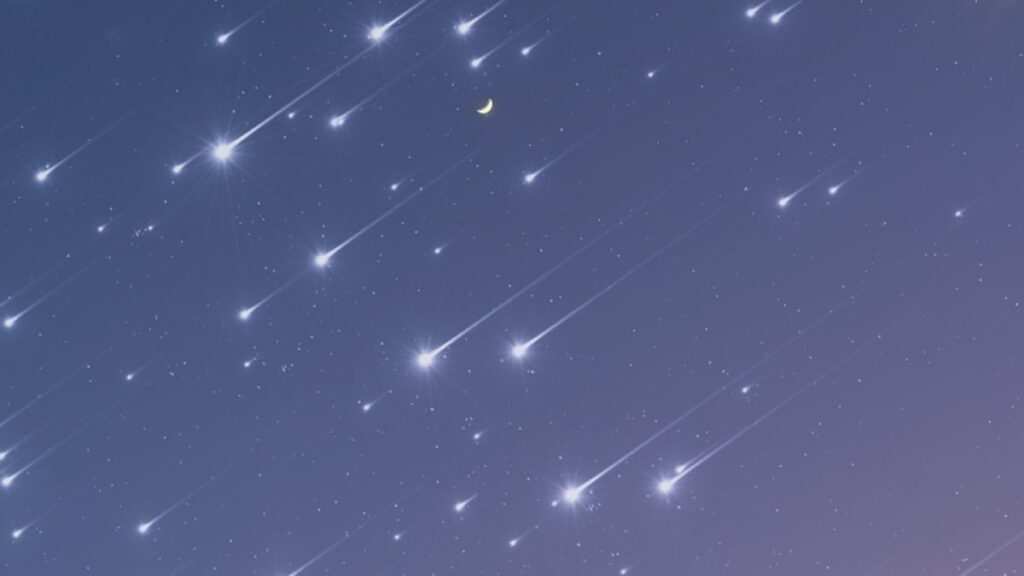The Ursid meteor shower, the last meteor shower of the year, will peak this weekend, offering a celestial display just in time for the holidays. While it might not be the most dazzling meteor shower, it’s still a chance to catch some shooting stars before Santa makes his rounds.
The Ursids, which originate from the debris trail of Comet 8P/Tuttle, are active from December 17th to 26th, with their peak occurring in the early hours of Sunday, December 22nd. Unfortunately, this year’s peak coincides with a last-quarter moon, which will brighten the sky and make it harder to see the fainter meteors.
Under ideal conditions, the Ursids typically produce around 10 meteors per hour. However, due to the moon’s brightness, observers can expect to see closer to 5 meteors per hour this year.
If you’re hoping to catch a glimpse of the Ursids, here are some tips:
- Find a dark location: Get away from city lights to improve visibility.
- Let your eyes adjust: Give your eyes time to adapt to the darkness.
- Look slightly away from the radiant: The meteors will appear to originate from the constellation Ursa Minor (the Little Dipper), but they can be seen streaking across the sky in various directions.
While the Ursids may not be the most spectacular meteor shower, they offer a chance to enjoy the beauty of the night sky and perhaps even make a wish or two before Christmas. And if you miss the Ursids, don’t worry – the Quadrantid meteor shower will kick off the new year with a more active display in early January.
